 |
New York Codes Rules Regulations (Last Updated: March 27,2024) |
 |
TITLE 19. Department of State |
 |
Chapter IX. Submission of Notices and Filings in Relation to Agency Rule Making Action |
 |
Part 300. Universal Symbol of Access |
Sec. 300.6. Accessibility graphic and components
Latest version.
- The following graphic and explanations of its component parts, as provided by The Accessible Icon Project (http://www.accessibleicon.org/icon.html), are included here for illustrative purposes only and to further emphasize that removal of the word handicapped and the updated depiction of a dynamic person in a wheelchair broadcasts an important message that emphasis should be on the person rather than the disability.
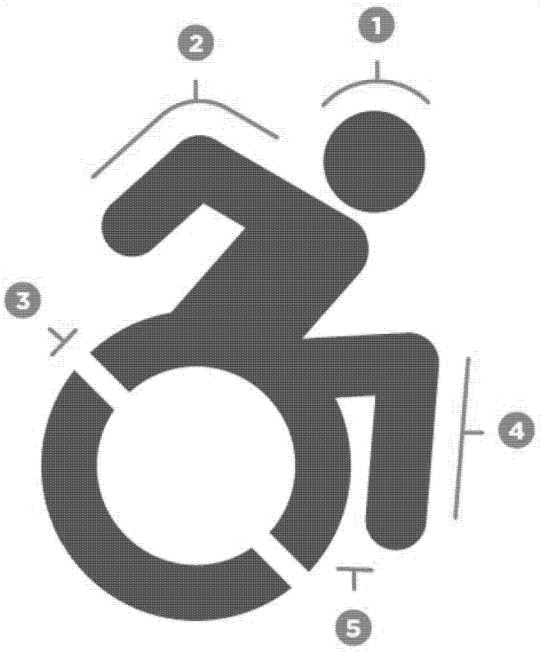
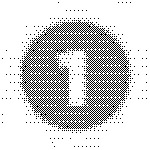 Head PositionHead is forward to indicate the forward motion of the person through space. Here the person is the "driver" or decision maker about her mobility.
Head PositionHead is forward to indicate the forward motion of the person through space. Here the person is the "driver" or decision maker about her mobility.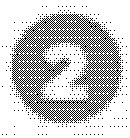 Arm AngleArm is pointing backward to suggest the dynamic mobility of a chair user, regardless of whether or not she uses her arms. Depicting the body in motion represents the symbolically active status of navigating the world.
Arm AngleArm is pointing backward to suggest the dynamic mobility of a chair user, regardless of whether or not she uses her arms. Depicting the body in motion represents the symbolically active status of navigating the world.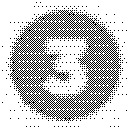 Wheel CutoutsBy including white angled knockouts the symbol presents the wheel as being in motion. These knockouts also work for creating stencils used in spray paint application of the icon. Having just one version of the logo keeps things more consistent and allows viewers to more clearly understand intended message.
Wheel CutoutsBy including white angled knockouts the symbol presents the wheel as being in motion. These knockouts also work for creating stencils used in spray paint application of the icon. Having just one version of the logo keeps things more consistent and allows viewers to more clearly understand intended message.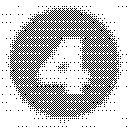 Limb RenditionThe human depiction in this icon is consistent with other body representations found in the ISO 7001 - DOT Pictograms. Using a different portrayal of the human body would clash with these established and widely used icons and could lead to confusion.
Limb RenditionThe human depiction in this icon is consistent with other body representations found in the ISO 7001 - DOT Pictograms. Using a different portrayal of the human body would clash with these established and widely used icons and could lead to confusion.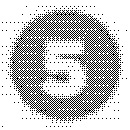 Leg PositionThe leg has been moved forward to allow for more space between it and the wheel which allows for better readability and cleaner application of icon as a stencil.
Leg PositionThe leg has been moved forward to allow for more space between it and the wheel which allows for better readability and cleaner application of icon as a stencil.